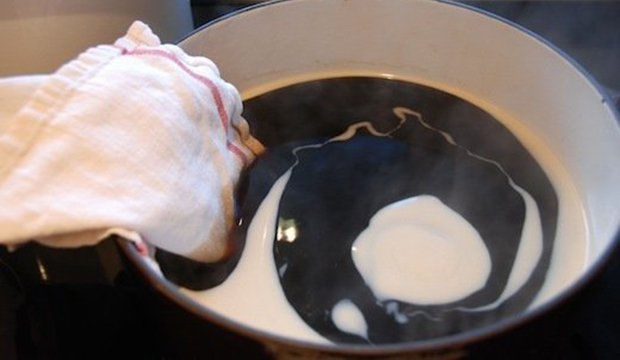

Natural dyeing is all the rage right now- it’s less toxic, creates beautiful colors, and can even be good for your skin. Best of all, it’s pretty easy to find ingredients to dye with right in your own backyard. In fact, you might not even have to go that far; one of the easiest and most readily available dyes can be found right in your own kitchen- tea!
If you’ve ever “tea-stained” paper to give it an aged effect, you’ll know what I’m talking about. A similar technique can be applied to fabric to get a range of beautiful results.
Often, people use tea dyeing to give textiles that slightly browned, antiquated look. However depending on the kind of tea, it is possible to create other colors. For instance, hibiscus tea brews a pink liquid, and would yield some unique colors.
So how do you do tea dyeing?
As a matter of fact, tea is one of the easiest dyes to work with. As with any natural dye process, you’ll want to choose a fabric made from a natural fiber (such as cotton or linen) and apply a mordant to it.
The rest is as easy as making tea- literally. Brew a pot of tea with enough water to completely submerge your textile, remove it from the stove, and toss in your fabric.
It’s best to let your fabric “steep” for at least an hour- longer if you’d like a deeper color. Once it’s done, rinse your fabric with cold water, dry and iron as needed.
Keep in mind, the colors that result from tea dyeing are very light- if you’re looking for a more intense color like jet black or bright red, choose another dye.
However, if you’re looking for a subtle, muted tone to your fabric, tea dyeing could be just the thing.
Additionally, as with any natural dye, there are potential issues with light and colorfastness. Using a mordant helps, and it is always best to test swatches to see how they dye and behave before dyeing a lot of fabric.
To learn more about how to get good results, check out our tips on natural dyeing
